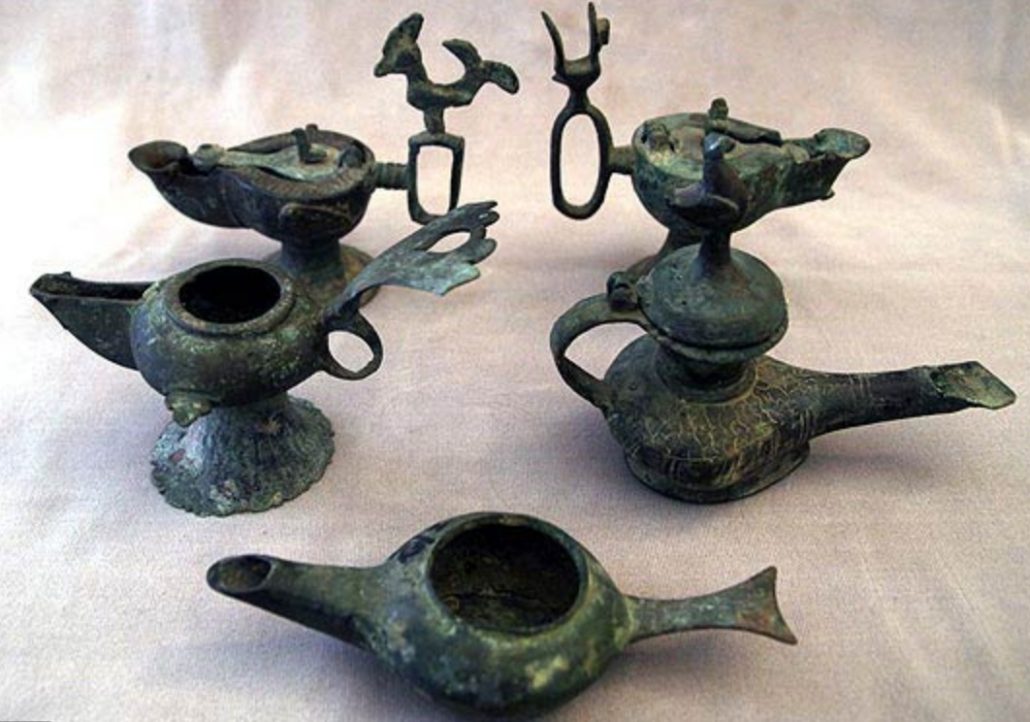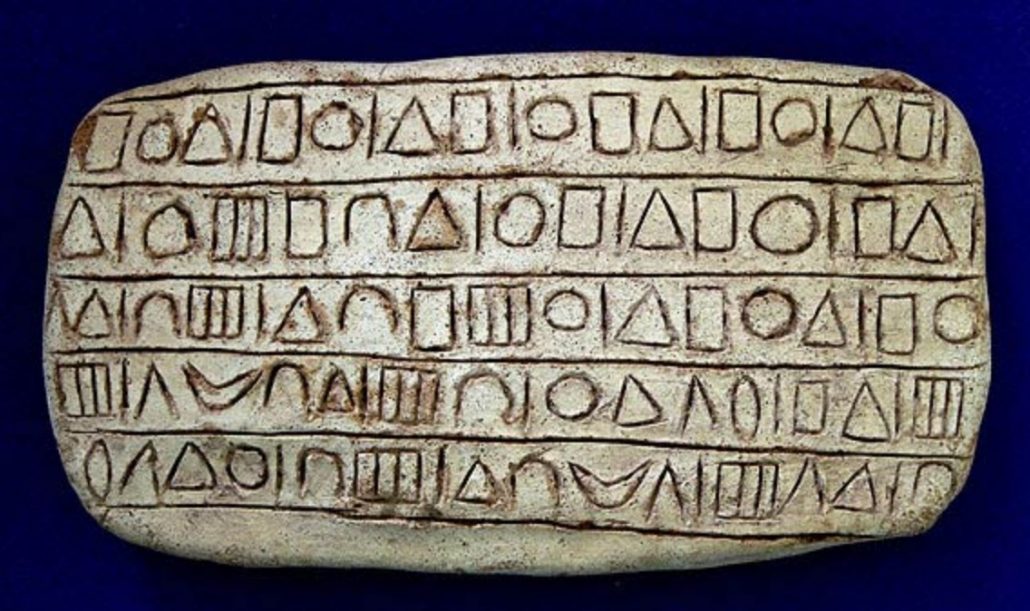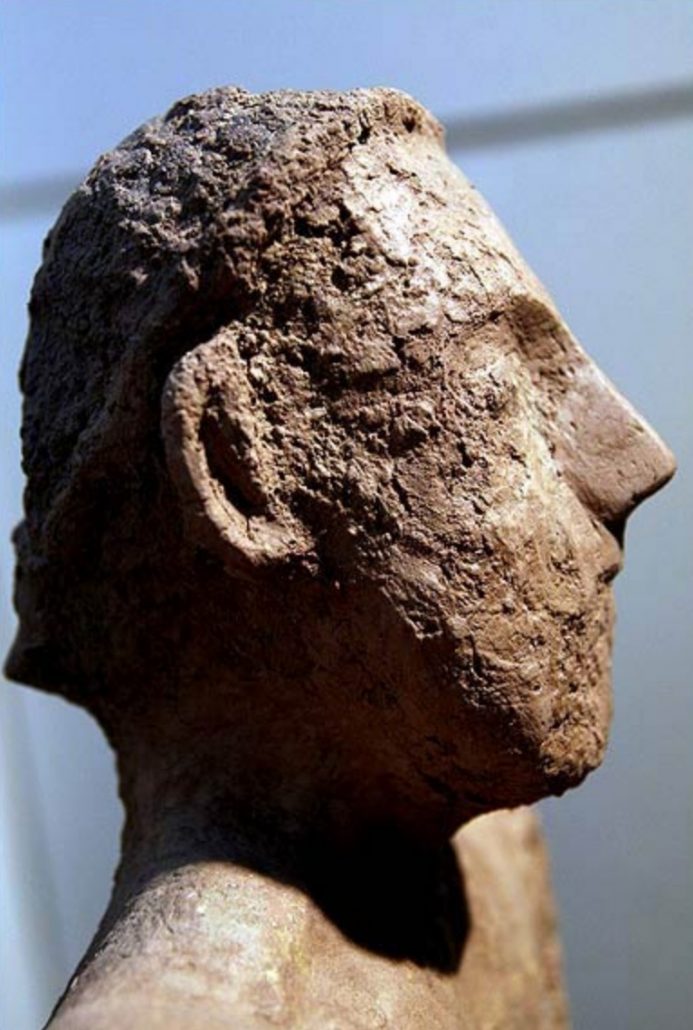The Cultural Organization of Iran has identified the remains of an ancient city buried close the modern city of Jiroft, located in Iran’s Kerman Province. Archaeologist Yusef Majidzadeh identifies the “Jiroft civilization” as having been a distinct culture during the early Bronze Age (late 3rd millennium BC). This civilization was located in modern-day Iran’s Sistan and Kerman Provinces.
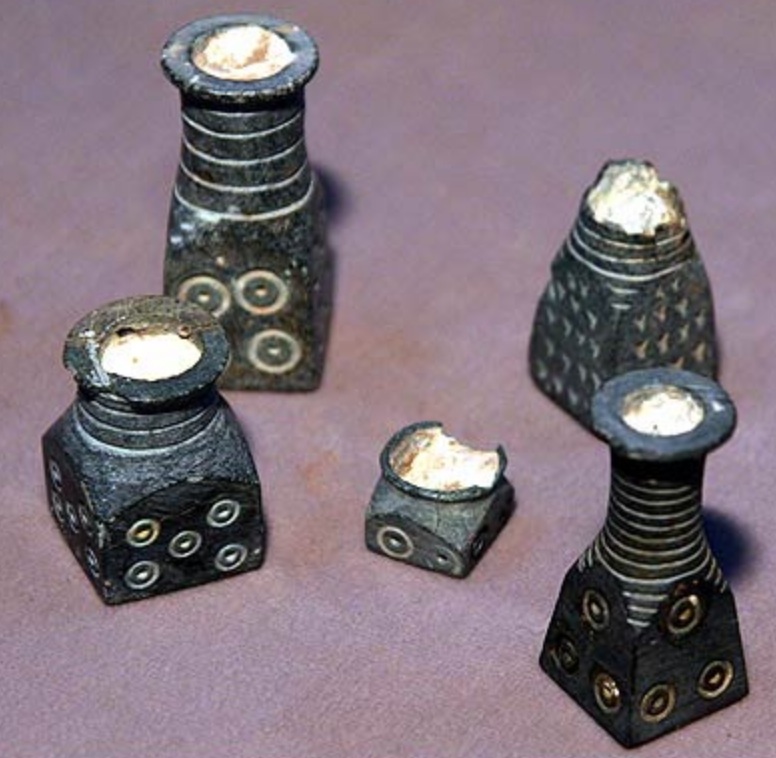
Possible pieces of an ancient game at Jiroft (Source: Hamid Sadeghi – Mehr News Agency & Payvand News).
Yusef Majidzadeh, the head of the archaeological team that has explored the Jiroft site, has proposed that the area and its artifacts represent a bronze age civilization that featured its own language, culture and architecture.
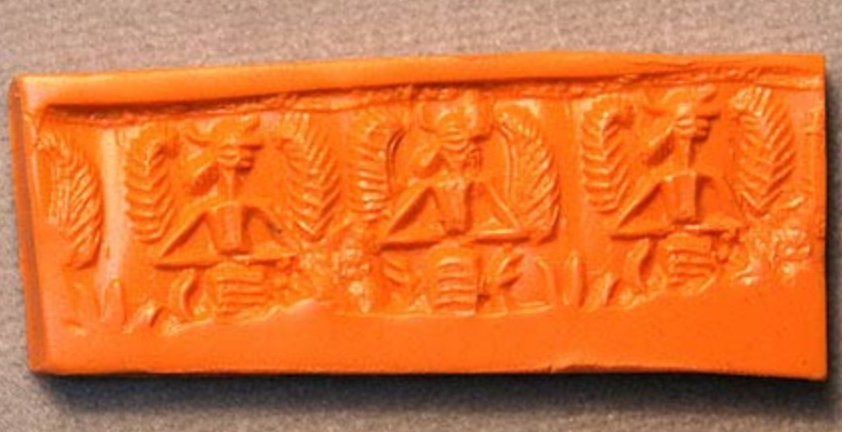
A seal plaque from Jiroft (Source: Hamid Sadeghi – Mehr News Agency & Payvand News), suggestive that this civilization had developed a sophisticated legal and/or business system(s). The figures appear to possibly represent some type of “Trinity” symbol, possibly a reflection of some type of theological or religious system.
The assertions of Majidzadeh however have been challenged by several scholars as documented in the Encyclopedia Iranica:
“A number of scholars have indeed countered these unanchored pronouncements and firmly challenge them. They argue on the basis of objectively derived data surfacing from excavations that in reality the “Jiroft” artifacts reflect a thriving culture of the 2nd half of the third millennium B.C.E., one that flourished centuries later than the genesis of Sumerian culture. Therefore the “Jiroft” culture was contemporary with a much later phase of Sumerian cultural history”
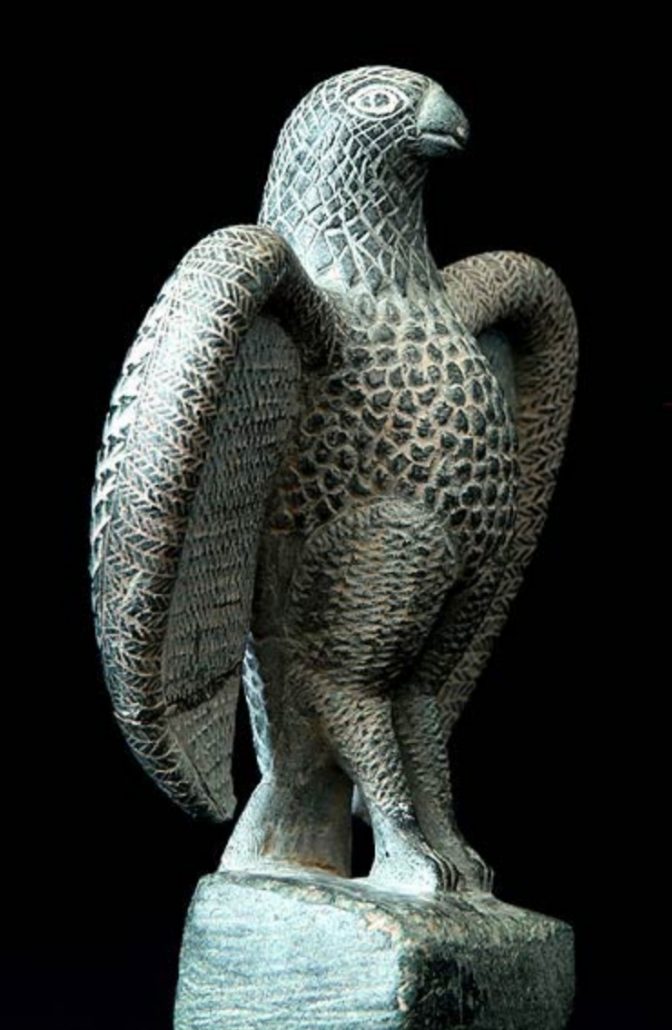
Falcon figure from Jiroft (Source: Hamid Sadeghi – Mehr News Agency & Payvand News). This type of depiction has proven surprisingly resilient in the cultures of ancient Iran, as seen for example with the falcon image on a Sassanian metalwork plate housed at the Hermitage Museum at St. Petersburg, Russia (Inv. S-217).
The Jiroft civilization of eastern Iran appears to be related to modern-day western Afghanistan’s “Helmand culture”. These may have been contemporary with each other or even part of the same cultural zone at one time.
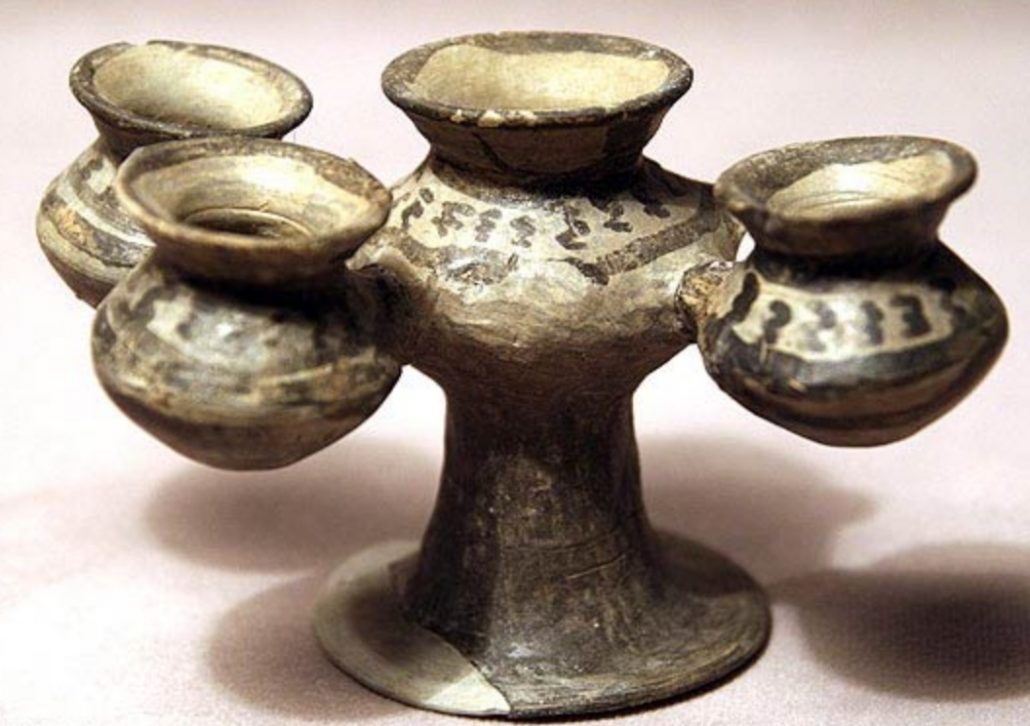
Possible Candle holder or incense burner from Jiroft (Source: Hamid Sadeghi – Mehr News Agency & Payvand News).
According to the Archaeology News Network:
“For centuries, Mesopotamia was thought to be the world’s oldest civilization. This was generally accepted by most people until a 5,000-year old temple was discovered in Jiroft Historical Site in Iran’s southern Kerman province, prompting archaeologists to identify the region as the world’s oldest cradle of human civilization”.
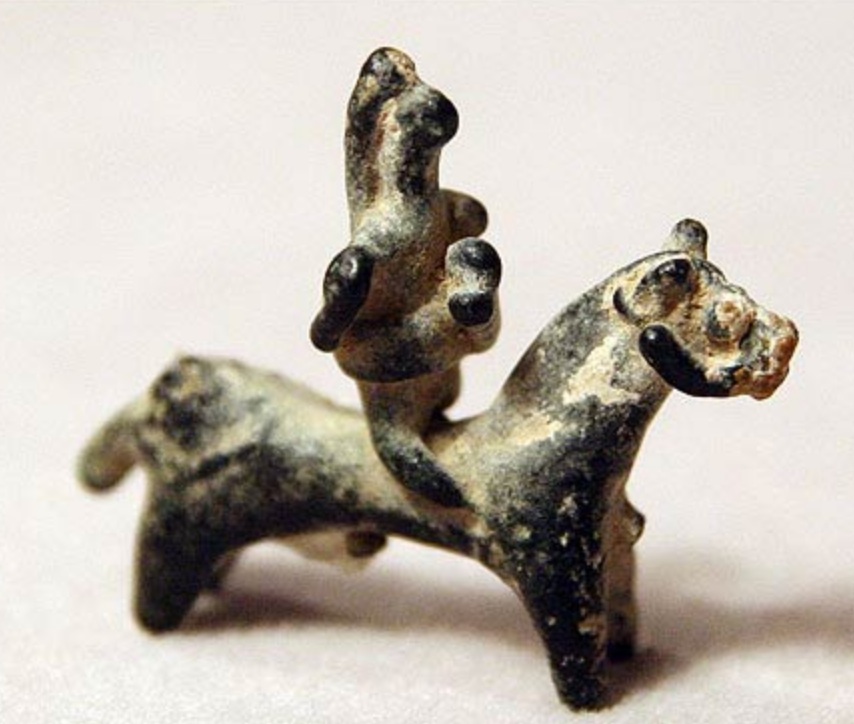
Jiroft Figure on horseback (Source: Hamid Sadeghi – Mehr News Agency & Payvand News).
According to the University of Pennsylvania Museum (Penn Museum):
“The new excavations
[at Jiroft] have produced an extensive ceramic assemblage, and monumental, domestic, and craft production areas. Most interesting among the finds are more than 400 seal impressions of cylinder and stamp seals used in economic administration.”
Oil Lamps and/or Pots from Jiroft (Source: Hamid Sadeghi – Mehr News Agency & Payvand News).
The Jiroft zone is indicative of an advanced civilization, even as much work remains to be done by researchers, archaeologists and anthropologists. The area has certainly yielded a large range of artifacts of which many raise questions as to their purpose and function.
Tablet with local script from Jiroft (Source: Hamid Sadeghi – Mehr News Agency & Payvand News).
The above tablet is a significant find as it demonstrates that the script of the Jiroft region is independetn and/or unique with respect to cuneiform and hieroglyphs. nevertheless the above artifact and other inscription finds need to be examined in more detail and by expert scholars, as information on samples such as the above piece have yet to analyzed in rigorous fashion (see Encyclopedia Iranica on this …)
Small statue with close up of face of a man from Jiroft (Source: Hamid Sadeghi – Mehr News Agency & Payvand News).

